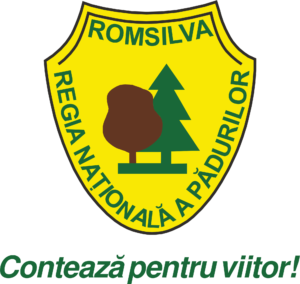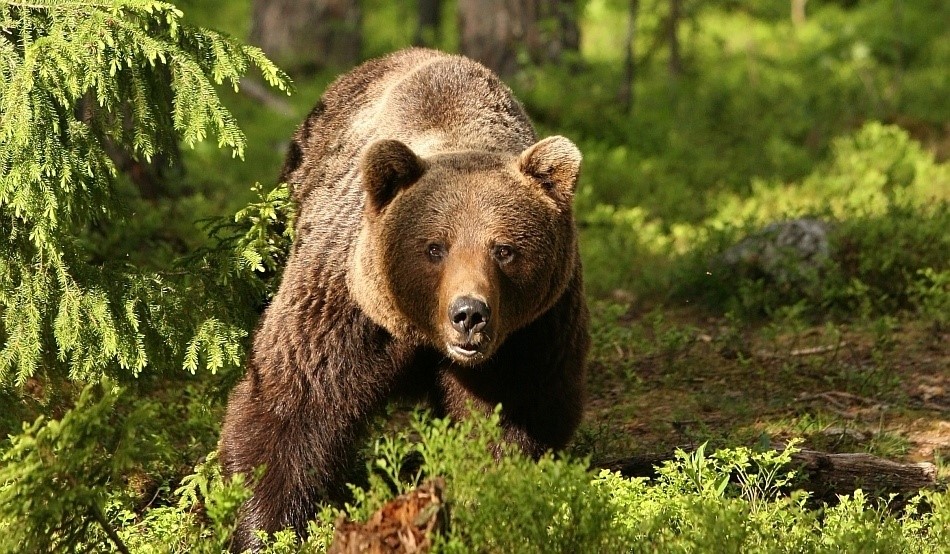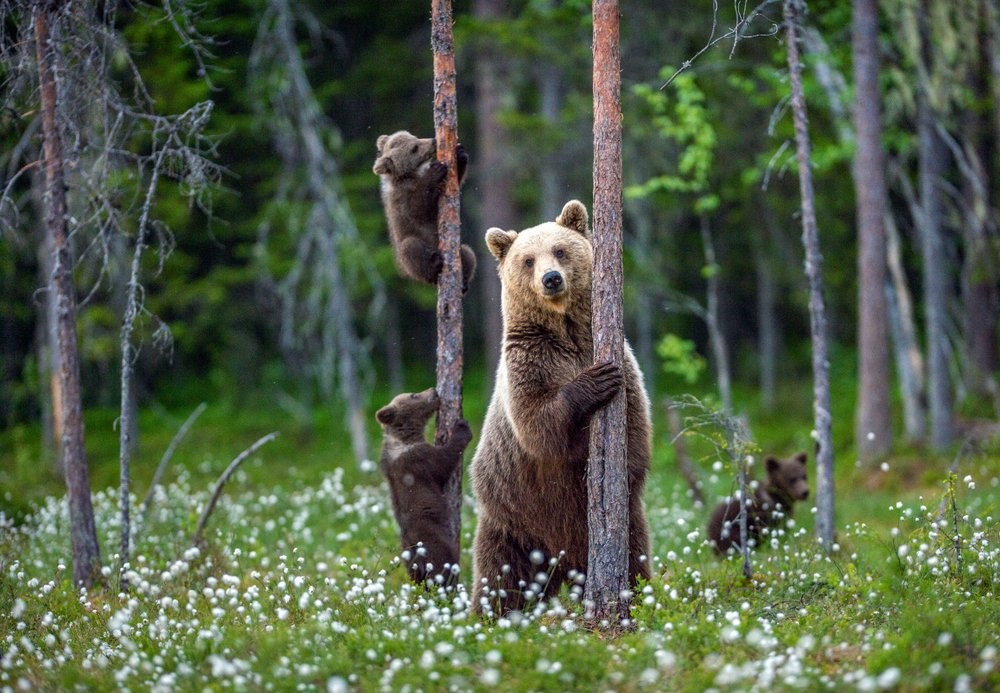Project initiated and carried out by RNP Romsilva - Covasna Forest Directorate in partnership with CovAlpin

The brown bear (Ursus arctos)

What does a brown bear look like?
The brown bear is a species of bears from the genus Ursus, widespread in the northern hemisphere and can be found both on the North American continent, Europe & Northern Asia.
It is a particularly strong animal, belonging to the Ursidae family.
Its body length reaches up to 2.5 m, the height at the withers is up to 1.5 m and reaches a maximum weight of 600 kg. When he stands on all fours he is as tall as an 8-10 year old child but 20 times heavier!
The brown bear can live up to 30 years in the wild and up to 50 years in captivity.
Where does the brown bear live?
Although it is secluded in the Carpathians, the bear finds in Romania the most favorable shelter in Europe – here you can still find wild forest areas where the bear can live without being disturbed by humans.
The brown bear lives along the Carpathian mountain range, mostly among the rocks, where it can create its den.
Being a strong animal, it can cover even 150 kilometers in a single day – That is, a bear is able to walk from Bucharest to Azuga or from Sfantu Gheorghe up to (almost) Sibiu.
The bear is an animal with a special ability to adapt to the environment, helped by its two super-senses: that of hearing and that of smell (olfactory). It can smell up to 30 km away – meaning that, if you open a yummy sandwich now, where you are, it could smell your food all the way from the city of Sfantu Gheorghe!
The smell helps him find a mate, avoid people or other bears, find food or look for his cubs.


What does the brown bear eat?
According to the type of its food, the bear is an omnivorous animal (eats all sorts of food!)
However, he is a great fan of acorns, for which he sometimes makes quite long journeys. He eats with pleasure mushrooms, pears, wild apples, berries, but sometimes he also ventures into orchards with fruit trees, much to the horror of the locals.
The dentition is typical of an omnivore, with strong canines and rounded molars. Unlike North American bears, European bears rarely hunt or fish. During hibernation, they consume neither water nor food.
Hibernation
When winter comes, bears retreat to a den to hibernate. The den is dug in natural cavities, for example under rocks or directly in the ground. Hibernation is an adaptation to the lack or reduction of food in the cold season. The activity of the heart and lungs decreases, the body temperature drops, and the bear directly depends on the layer of fat that it has accumulated at the end of autumn.
Curiosities about the brown bear
- Despite its heavy appearance, the bear is quite fast in movements and reaction – reaching 50 km per hour – about as much as a car traveling at the legal speed within a city;
- Its large and muscular body enables it to travel tens of kilometers a day if needed.
- It is said that a female bear can give birth to one to two or even three cubs at a time. Despite the size of the bear, at birth, the cubs are very small, weighing 500-700 grams.
- During the winter, bears stay in a state of deep sleep from which they can easily come out in case of any danger.
- Like any wild animal – which is not a predator, brown bears avoid the presence of humans. Animals are prone to attack, however, if they are injured or if it is a mama-
bear with cubs.
